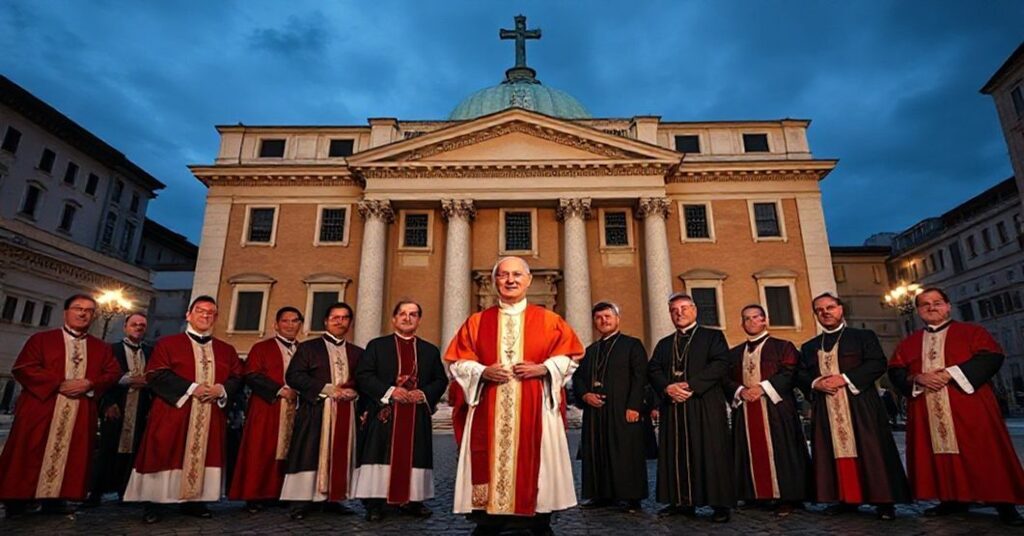Epistula ad Ludovicum Severinum Haller… (1959.05.25)
The Latin letter under consideration is a brief congratulatory message of John XXIII to Louis Severin Haller, titular bishop of Bethlehem and abbot primate of the Canons Regular of St. Augustine, on the 900th anniversary of the 1059 Lateran Synod and the public inauguration of the confederation of the congregations of the Order. It recalls Augustinian origins, praises the canonical life, invokes the reforming decrees of 1059 on common life, extols communal discipline, obedience, charity, and urges the Canons to foster liturgy, pastoral work, and studies for the good of the Church. Beneath this apparently edifying surface, the text functions as a programmatic instrument of the conciliar revolution, neutralizing authentic reform, instrumentalizing a venerable order for the coming neo-church, and evacuating supernatural Catholicity into a safe, obedient, liturgical decor for apostasy.










